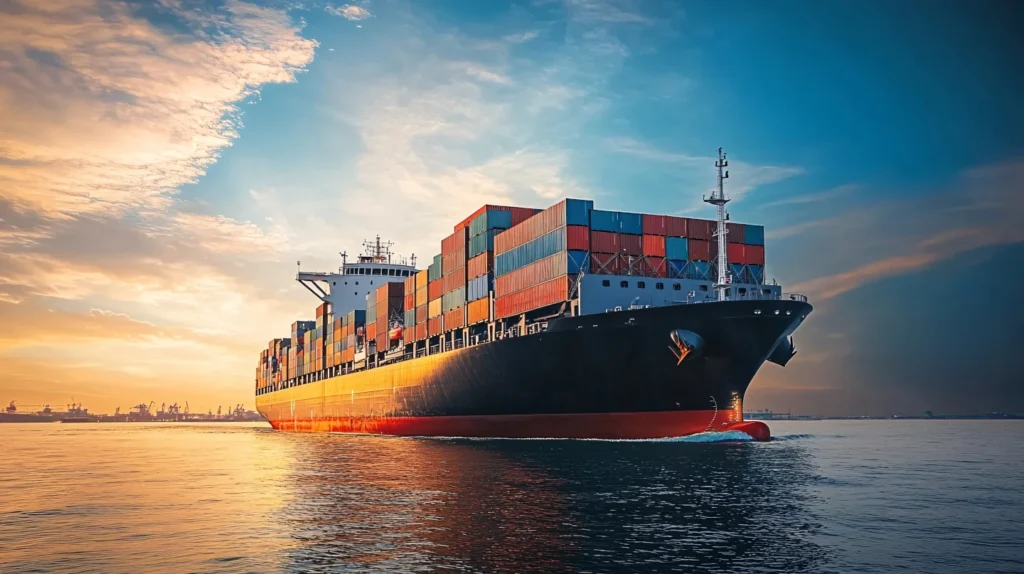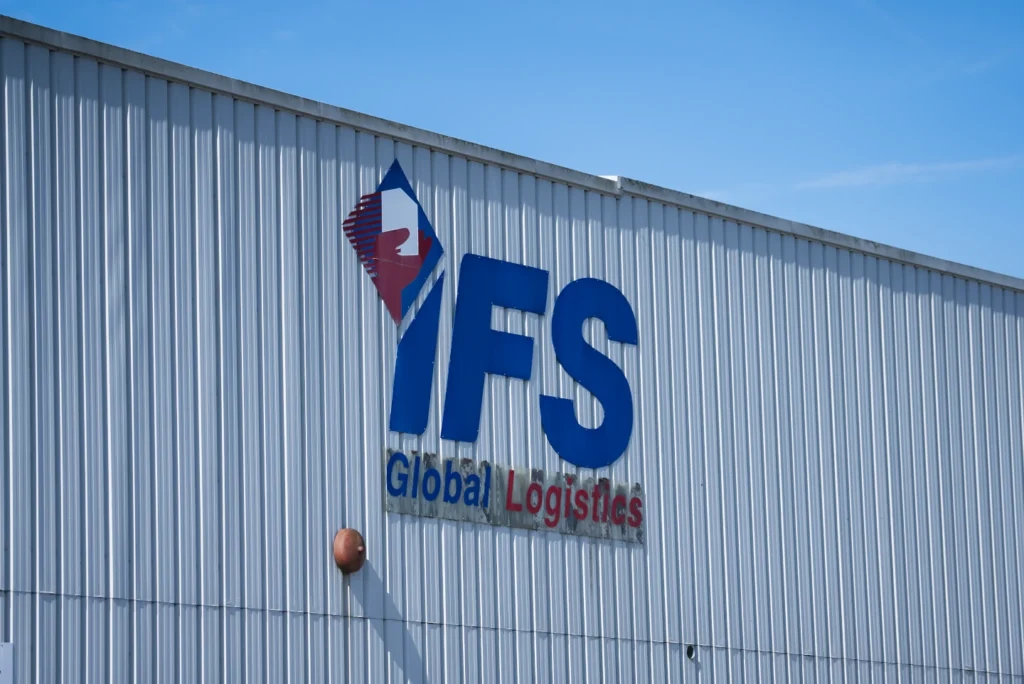When it comes to moving goods across the globe, sea freight remains the backbone of international trade. While it is one of the most reliable methods for transporting large volumes, the process can appear overwhelming with so many moving parts such as containers, transit times, and documentation requirements. Here’s a clear look at what’s involved and how the right partner can make the process easier.

Understanding Container Types
The first step in sea freight shipping is selecting the right container for your cargo. Options include:
- Dry containers: Standard units suitable for most goods.
- Reefer containers: Temperature-controlled for perishables.
- Open-top and flat-rack containers: For oversized or irregular cargo.
- Specialised containers: Designed for bulk liquids or hazardous materials.
Choosing the correct container ensures your cargo is transported safely and in compliance with regulations.
Booking and Transit Timelines
Once a container is chosen, the booking process begins. This involves securing space on a vessel, coordinating pickup, and aligning schedules with your supply chain. Transit timelines vary depending on origin, destination, and shipping lane. For example, shipments from Asia to Europe can take several weeks, while regional moves may be much faster.
It is important to plan ahead, as schedules are influenced by port congestion, weather conditions, and carrier availability.
The Role of Documentation
Documentation is at the heart of sea freight and plays a critical role in ensuring that cargo moves legally, securely, and efficiently across international borders. Each document has a specific purpose, and missing or incomplete paperwork can result in delays, penalties, or even the refusal of goods at their destination.
Key documents include:
- Bill of Lading (BOL): The official contract between shipper and carrier. It not only serves as a receipt for the goods loaded onto the vessel but also acts as a document of title, which can be transferred or endorsed if ownership of the cargo changes during transit.
- Commercial Invoice: A detailed statement provided by the seller to the buyer, declaring the value of the goods and forming the basis for customs duties and taxes. Customs authorities rely on this document to verify declared values and assess applicable charges.
- Packing List: Outlines the exact details of the shipment such as the number of packages, their weight, and the way items are packed. This helps carriers and customs officials verify the cargo quickly and ensures accuracy in handling.
- Certificates and Permits: Depending on the nature of the cargo, additional documents may be required. For example, food products may need health certificates, while certain chemicals require hazardous material declarations. Compliance with these requirements is essential to meet international safety and regulatory standards.
Beyond these basics, other documents such as certificates of origin, insurance certificates, or letters of credit may also be needed, depending on the trade agreement or destination country.
Partnering with a Trusted Sea Freight Specialist

Managing containers, schedules, and paperwork can feel complex, but you do not have to handle it alone. IFS’s Sea Freight Services are designed to streamline the process for businesses. From booking containers to coordinating global routes and ensuring compliance with all documentation requirements, IFS acts as a reliable partner every step of the way.
With over 5 decades of expertise and a strong international network, IFS makes sea freight accessible for companies of all sizes, providing the confidence that your cargo is in good hands.
Frequently Asked Questions (FAQ)
1. What types of goods are best suited for sea freight?
Sea freight is ideal for bulky, heavy, or large-volume goods. This includes raw materials, industrial equipment, vehicles, and consumer products that are not extremely time-sensitive.
2. How do I know if I need a full container or a shared container?
If your shipment can fill an entire container, you may opt for a Full Container Load (FCL). For smaller volumes, Less than Container Load (LCL) allows you to share space with other shippers, making it a flexible option for businesses with moderate cargo needs.
3. Can hazardous materials be shipped by sea?
Yes, but they require specialised containers, strict compliance with safety regulations, and additional documentation. A logistics partner like IFS can guide you through these requirements.
4. What happens if my shipment is delayed at a port?
Delays can occur due to customs inspections, congestion, or weather. Working with an experienced freight forwarder ensures proactive communication and alternative solutions when disruptions happen.
5. Is tracking available for sea freight shipments?
Yes, most modern freight services provide tracking capabilities. This allows businesses to monitor the progress of their cargo throughout the shipping journey.